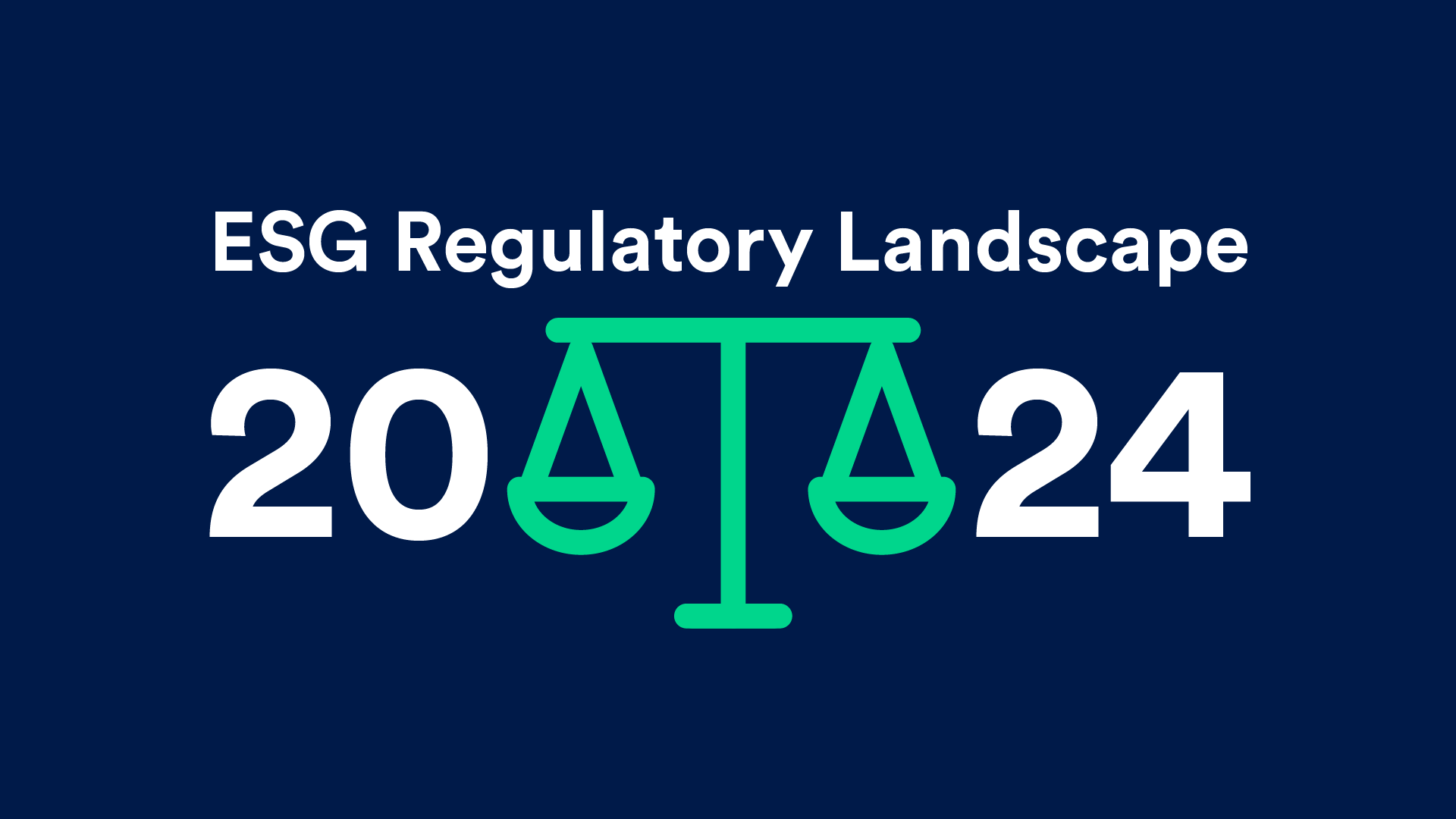What does the analysis of TotalEnergies reveal about its true impact
Impact analysis of TotalEnergies’ climate strategy by impak Analytics
Download the impact assessment
Read our methodology
A Z “May Cause harm” was attributed to the Company due to a lack of alignment with the Paris Agreement
The impact analysis methodology goes beyond the mitigation measures implemented by companies and seeks to determine whether these measures are producing concrete results in the lives of stakeholders, based on indicators and an analysis of controversies affecting the Company, among other things. For example, TotalEnergies at least partially mitigates its impact on climate change through a number of actions, such as a program to reduce its methane emissions or selling its range of products labelled TotalEcosolutions with a reduced carbon footprint. However, the Group is given a “Z: May Cause harm” for its impact on the climate because, according to our analysis, the measures implemented are insufficient to mitigate associated emissions and, the indicators and targets reported, along with other elements of its current strategy, are not currently aligned with the objectives of the Paris Agreement.
A transition strategy focused on gas and low-carbon energies
TotalEnergies’ transition strategy focuses on liquefied natural gas (LNG) production, with a projected 40% increase between 2021 and 2030 coupled with investment in low-carbon energy. The company plans to peak oil production within the decade and then reach 30% oil products in its energy mix in 2030 (compared to 41% in 2022). The Group plans to offset the remaining emissions by using natural carbon sinks as well as storage and sequestration. TotalEnergies is implementing several activities to mitigate its GHG emissions and is committed to achieving routine zero flaring by 2030 according to the World Bank initiative. The company has defined a net-zero target for 2050 as well as intermediate targets on its three emissions scopes for 2030 from 2015 levels.
A controversial transition plan
While TotalEnergies has a clear and detailed climate strategy, several shortcomings have been noted by NGOs, shareholder groups and civil society. Indeed, the Group has recently been confronted with allegations of climate inaction, greenwashing, lobbying against the existence of climate change and misleading communication practices. In addition, in April 2023, the activist shareholder group Follow This filed a resolution calling on the company to do more to reduce its emissions by 2030, claiming that its scope 3 reduction targets are insufficient.
Strategy inconsistent with IPCC recommendations
Moreover, even though TotalEnergies’ target is to reach 100 GW of renewable generation capacity by 2030, only 1.3% of its revenue and 14.5% of its Capex are recognized as contributing to climate change mitigation according to its European Taxonomy report. By 2030, around 30% of TotalEnergies’ investments will continue to be dedicated to oil and gas. In addition, in 2023, the company has strengthened its target to reduce Scope 3 emissions from the sale of petroleum products to a 40% reduction by 2030. This target excludes emissions from gas and biofuels. However, the group’s strategy is based on increasing LNG production and its target for reducing total scope 3 emissions only requires the company to maintain its current level of emissions (400 Mt CO2e) until 2030. Given that scope 3 emissions represent about 90% of TotalEnergies’ carbon footprint, it can therefore be concluded that the majority of the Group’s GHG emissions should remain stagnant by 2030 under its current strategy. In fact, this strategy seems incompatible with the need identified by the IPCC to reduce global emissions by half to stay on a 1.5°C trajectory.
Analysis Author:
Camille Varenne
Expert Analyst, Energy Sector and European Taxonomy at impak Analytics
You may also like

2024 ESG Regulatory Landscape
By impak Analytics
Why single materiality is not good risk management
By impak Analytics